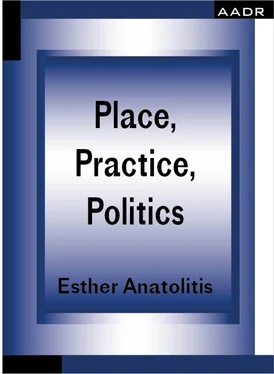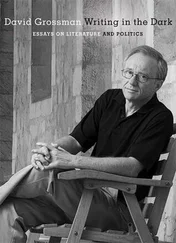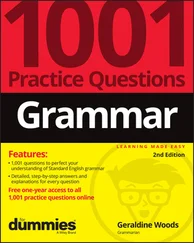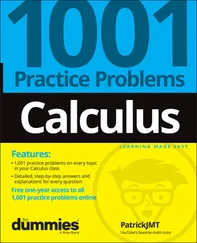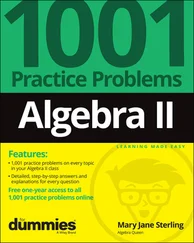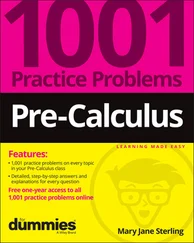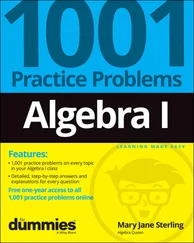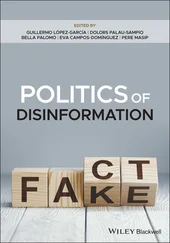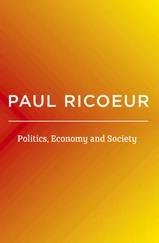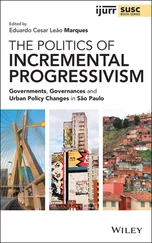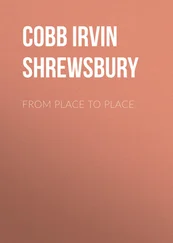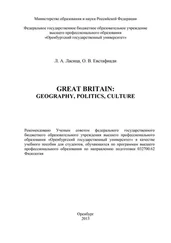It’s also a commitment. A public commitment to the future we are creating together right now, you and I. In writing this, I am making a commitment to you, and you to me. It doesn’t matter that we don’t know one another. You already know that reading is not a passive activity. You’re going to flip forward and back, scribble your notes, follow threads, begin recognise them in your own day-to-day, and find your own voice. Perhaps you too will be in a position to make a personal commitment to the future we design together.
Together, let’s recognise those moments of decision we are always facing about where and how to live, and how best to live – let’s recognise them as generative moments from which to act.
Where, for you, is that action?
Where is your place? What is your practice? How, why, when are your politics? Would you recognise them if you saw them?
There’s no ideal, restful time; no equilibrium from which to act.
We don’t have to wait.
We can act from a place of imbalance.
We can unsettle our equilibrium to ground our actions.
Unless we can make that small commitment – to question, to participate, speak, to share – then the bigger things won’t change.
Engagement as an Ethic and a Practice
W hat does the Australian Research Council’s Engagement and Impact framework have in common with the Bauhaus? This was the framing question of Engagement, the 2019 Australian Council of University Art and Design Schools Conference, offering a productive way to contextualise social, intellectual and political engagement within the most impactful creative legacy the world has ever known .
My keynote spoke of the formative time I spent at the Bauhaus two decades ago, working with a globally engaged interdisciplinary team on design-led solutions to complex C21st problems, and also of my recent return visit, assessing a legacy not of design objects but practices and methodologies. I spoke of engagement as an ethic and a practice, asking what the artists, designers and citizens of the future need from all of us right now:
A PIVOTAL TIME
Right now is a pivotal time in Australia’s history: a turning point for social cohesion, the environment and democracy, demanding an active and engaged public – while instead our prime minister prizes as model citizens the “quiet Australians” and “quiet shareholders” who aren’t interested in “Canberra bubble” questions, don’t express their values through “indulgent and selfish” advocacy, and aren’t “complaining about their rights.” 2
Of course, anyone who claims a politically neutral position is in fact making a politically radical claim: that the model citizen is unimaginative and uncritical, subdued and inert.
Afraid of what we make possible, politicians undermine our ability to conduct work that’s in the public interest, attack our expertise and ridicule our achievements.
It’s no surprise then that confidence in politicians and trust in democracy is in perilous decline, as has been characterised authoritatively by the Grattan Institute, Ipsos and the Museum of Australian Democracy, and there’s even a Parliamentary Inquiry into Nationhood, National Identity and Democracy investigating what’s at stake for Australia’s future.
Politicians and parliaments are trailing artists, designers and academics who are at the forefront in confronting the most pressing questions of our time.
We need artists, designers, architects, planners, academics, scientists and policy-makers working together with rigour and with urgency.
We need creative education to offer activating glimpses into the histories and the futures that frame this urgency. Just like the political conscience that framed the cross-disciplinary work of the Bauhaus, we need to cultivate a generation of resilient makers with the resourcefulness to create a confident future. We need to engage well beyond our immediate communities, and we need to make that engagement a shared ethic, a daily practice.
HOW MIGHT YOU TAKE ENGAGEMENT AS ETHIC AND A PRACTICE INTO YOUR RESEARCH AND YOUR TEACHING?
Sometimes when things seem the most insurmountable, we feel the need to make drastic changes to our lives – to change something really big – when in fact the most profound changes are made at the smallest scale. Breathing. Eating well. Exercising. Reflecting. Talking to one another. The healthy daily practice that gives you focus and resilience. Critiquing your ethics and examining your practices.
Engage first with yourself, and then with the world. Fit your own oxygen mask before helping others.
Give students the professional practice tools they need to engage meaningfully with the world. Make sure that students graduate not only as artists and designers, but as workers and citizens who know how to navigate the industrial landscape that’s make or break for their work.
Include arts and cultural institutions, community organisations, unions, workers, the media, think tanks, industry bodies and other civic actors in your thinking and in your work. Welcome the voices that aren’t in the room – First Nations first. Consider ways of engaging with disabled people, people of cultures and genders different to yours, people from regional areas – ways that are much smaller than say an ARC Linkage.
Make daily media engagement a part of your research practice, articulating the relationship or dissonance between your work and what makes news. Incorporate functional media literacy as part of your teaching. Triage and debrief on your media consumption and political engagement as part of collegiate daily practice.
We need to get better at articulating the impossibility of the politically neutral position, so that we’re ready to argue against it when it’s used against us.
Actively orient students and colleagues to the civic aspects of their work. Nurture criticality in multiple modes, across multiple discourses. Artists and designers create public work. We need to make sure that they’re conscious and critical of their own role in determining what future publics are capable of.
And lead from where you are. So that you’re teaching artists and designers – but nurturing future citizens. You’re researching art and design – but nurturing future democracy.
WHAT’S AT STAKE IF WE FAIL?
When politicians disrespect citizens, consistently fail on matters of urgency, undermine democracy and lose our trust, it’s understandable that all we want to do is switch off. Feeling undervalued makes us want to retreat from one another, from colleagues and community, and from the civic realm altogether.
And yet,
when we disengage – when we stop listening, stop responding and stop participating – we give even more power to the very people we trust the least .
Disengagement is not an option.
If we look back on the conditions that created and then collapsed the Bauhaus, and compare them to today – nationalism, chauvinism, white supremacy, rejection of (“negative”) globalism, rejection of intellectuals and creatives – we rapidly see that there isn’t a moment to be lost.
Rich, meaningful and ongoing engagement with one another, beyond our immediate communities, and with the political decisions that shape our future, is why we do what we do. Because art strengthens our courage. Design stimulates adventurous thinking. Artists define what’s possible – and defy what’s impossible. Designers create new possibilities – and overcome old impossibilities. Art and design re-engage us with our identity and our society, our democracy and our politics, our past, our present and our future.
Make no mistake: this is political.
You have so much more power than you think you have. How best to use it is entirely up to you.
Читать дальше
